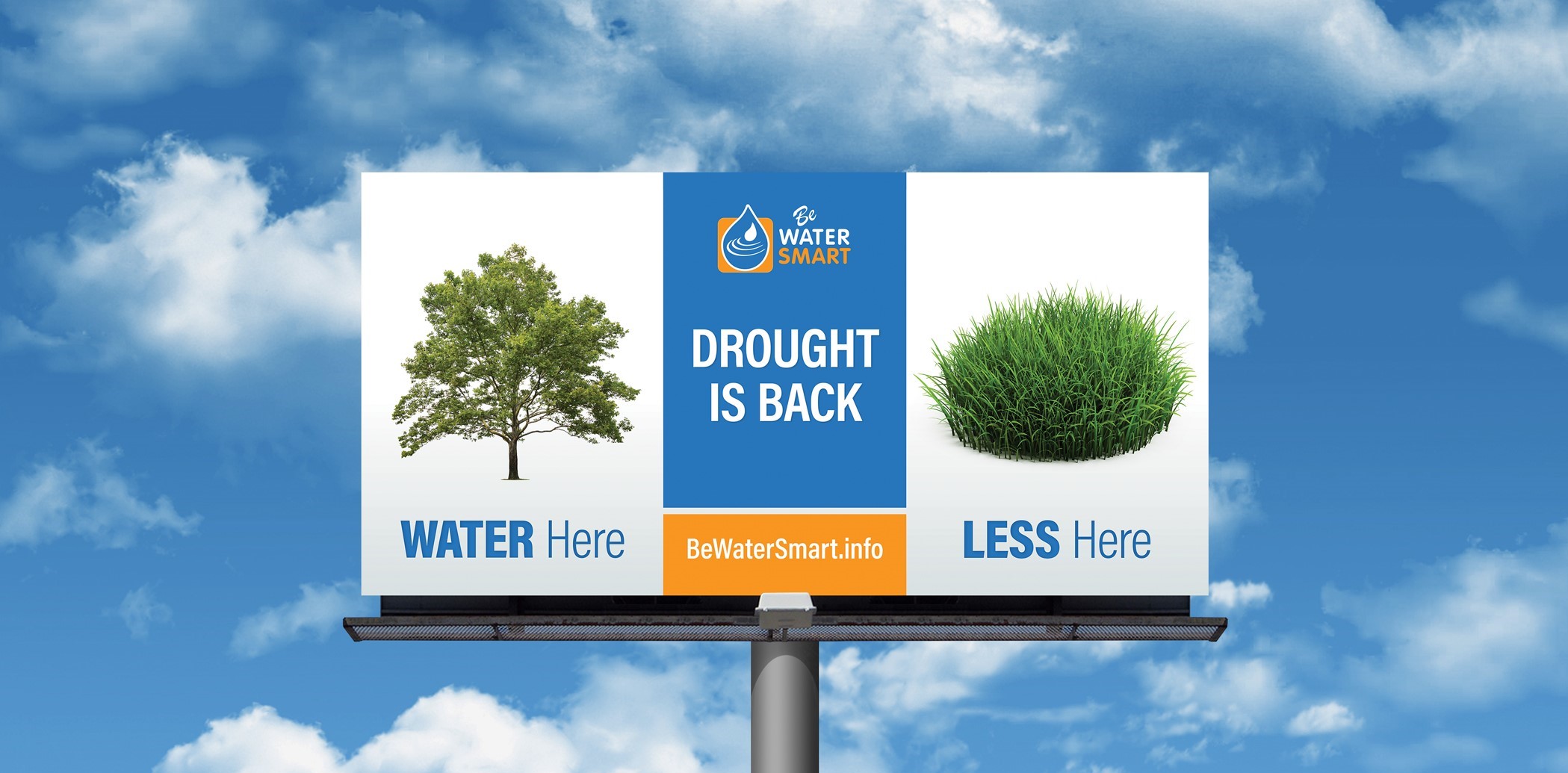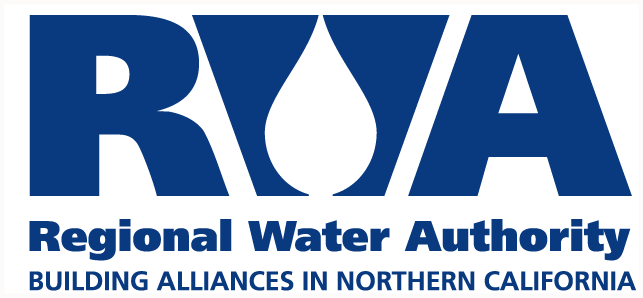Savings are Encouraging with the Record-Breaking Summer Heat, Ongoing Reductions Since the last Drought
Sacramento-area residents reduced their water use by 6 percent in August compared to the same month in 2020, according to an analysis by the Regional Water Authority (RWA), which represents 20 water providers serving 2 million people in the greater Sacramento region. The findings come from reviewing preliminary August water use data submitted to RWA and the State Water Resources Control Board (State Water Board). August reductions are in addition to a 13 percent decrease in regional water use since the last drought.
“The savings are encouraging with the scorching weather this summer and ongoing water reductions since 2013,” said Amy Talbot, RWA’s Water Efficiency Program Manager, noting that California is experiencing its warmest summer on record. “We also know that conservation is not like a light switch—it takes time for water-saving actions to be reflected in regional consumption data,” Talbot said. “The current data shows that people are responding.”
In July, Gov. Gavin Newsom issued an executive order that expanded the drought to 50 of the state’s 58 counties and asked residents to reduce water use by 15 percent. RWA echoed this call to action. Several municipal water providers in the Sacramento region are asking for steeper reductions, including 20 percent from Fair Oaks Water District, Folsom and Roseville.
In addition to decreasing water demand, many water providers are experiencing a dramatic rise in requests for rebates and water waste calls, additional indicators that the public is responding to conservation calls to action, Talbot said. For example, Placer County Water Agency saw a 600 percent increase in rebate applications in August 2021 vs. August 2020, and water waste reports in the City of Sacramento have increased by 235 percent compared to the same period last year.
RWA’s Be Water Smart program shifted to drought messaging early in the summer and leveraged state grant-funded advertising in English and Spanish on television, radio and online platforms to promote a water conservation message. There will be a new campaign asking residents to reduce lawn watering while taking steps to protect trees.
“Local water providers are committed to promoting water conservation and recognize that we can do more,” said RWA Executive Director Jim Peifer. “But it’s also important to recognize that this drought is different.”
Peifer noted, for example, that the region’s water use is 13 percent lower than the last drought, and water supplies for people are more secure than the last drought thanks to the implementation of 17 drought resiliency projects throughout the region over the past several years.
In addition, drought conditions appeared more suddenly, later in the year than usual. The American River watershed, which serves the Sacramento region, had a snowpack that measured approximately 90 percent of average at the end of winter. Still, it produced only 30 percent of average runoff, evaporating or melting into the ground instead of flowing into rivers and lakes.
More than two decades ago, groundwater levels underlying Sacramento County were declining dramatically. Local water leaders came together in the historic Water Forum Agreement to balance the needs of people and the environment by jointly managing surface water and groundwater so that levels are now stable and sustainable and ready to be used during drought.
“This track record shows that our actions are working, and that we must invest more into connecting our rivers and lakes with the expansive groundwater basins below,” Peifer said.
The region’s water providers have developed a comprehensive water resilience portfolio called WaterFuture, which encompasses our entire “supershed” from the mountain tops of the American River watershed to the groundwater basin below the valley floor. You can learn more about this at rwah2o.org/WaterFuture.
More information about landscape watering guidelines and new rebate programs, as well as tips for reducing water use while helping landscapes and trees endure the drought, are available at BeWaterSmart.info.
The Regional Water Authority (RWA) is a joint powers authority representing 20 water providers serving 2 million people in the greater Sacramento region. Formed in 2001, its primary mission is to help its members protect and enhance the reliability, availability, affordability and quality of water resources. Learn more at rwah2o.org.
###
The Regional Water Authority’s Be Water Smart program is asking people to reduce lawn watering while taking steps to protect their trees and has added a new round of advertising on billboards throughout the Sacramento region. 


